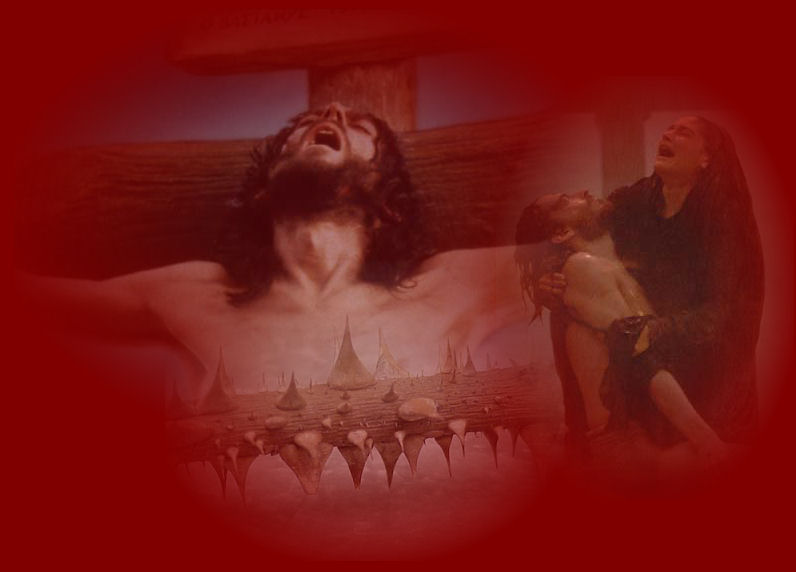Celebrations, traditions and more to know about the Easter holiday

Easter is the day when Christians celebrate the resurrection of the Lord, Jesus Christ. Christians choose to celebrate this resurrection because they believe that Jesus was crucified, died and raised from the dead to pay the penalty for sin. His death ensured that believers would have eternal life.
When is Easter?
Like the Jewish Passover, Easter is a mobile holiday. Using the lunar calendar as established by the Council of Nicea in 325 AD, Easter is celebrated on the first Sunday after the first full moon following the spring equinox. Most often spring occurs between March 22nd and April 25th. In 2007 Easter occurs on April 8.
So why doesn't Easter necessarily coincide with Easter as in the Bible? The dates do not necessarily coincide because the Jewish Passover date uses a different calculation. Therefore Jewish Passover usually falls during the first days of Holy Week, but not necessarily as in the chronology of the New Testament.
Easter celebrations
There are a number of Christian celebrations and services leading up to Easter Sunday. Here is a description of some of the main holy days:
On loan
The purpose of Lent is to seek the soul and repent. It began in the 40th century as a time to prepare for Easter. Lent lasts 6 days and is characterized by penance through prayer and fasting. In the western church, Lent begins on Ash Wednesday and lasts 1 2/7 weeks, as Sunday is excluded. However, in the Eastern church Lent lasts XNUMX weeks, because Saturday is also excluded. In the early church fasting was severe, so believers only ate one full meal a day and meat, fish, eggs and dairy products were prohibited.
However, the modern church places more emphasis on prayer of charity while the faster meat on Friday. Some denominations do not observe Lent.
Ash Wednesday
In the western church, Ash Wednesday is the first day of Lent. It occurs 6 1/2 weeks before Easter and its name derives from the placement of ashes on the believer's forehead. Ash is a symbol of death and pain for sin. In the Eastern church, however, Lent begins on a Monday rather than a Wednesday due to the fact that Saturday is also excluded from the calculation.
Holy Week
Holy Week is the last week of Lent. It began in Jerusalem when believers visited to rebuild, relive and participate in the passion of Jesus Christ. The week includes Palm Sunday, Holy Thursday, Good Friday and Holy Saturday.
Palm Sunday
Palm Sunday commemorates the start of Holy Week. It is called "Palm Sunday", because it represents the day on which palms and clothes spread on the way of Jesus when he entered Jerusalem before the crucifixion (Matthew 21: 7-9). Many churches commemorate the day by recreating the processional. Members are provided with palm branches used to wave or place on a path during the re-enactment.
Good Friday
Good Friday occurs on Friday before Easter Sunday and is the day on which Jesus Christ was crucified. The use of the term "good" is an oddity of the English language, as many other countries have called it "mourning" Friday, "long" Friday, "big" Friday or "holy" Friday. The day was originally commemorated by fasting and preparation for the celebration of Easter, and no liturgy occurred on Good Friday. In the XNUMXth century the day was commemorated by a procession from Gethsemane to the sanctuary of the cross.
Today the Catholic tradition offers readings on passion, a ceremony of veneration of the cross and communion. Protestants often preach the last seven words. Some churches also pray in the Stations of the Cross.
Easter traditions and symbols
There are several exclusively Christian Easter traditions. The use of Easter lilies is a common practice during the Easter holidays. The tradition was born in 1880 when lilies were imported into America from Bermuda. Due to the fact that the Easter lilies come from a bulb that is "buried" and "reborn", the plant has come to symbolize those aspects of the Christian faith.
There are many celebrations that occur in the spring and some claim that the Easter dates were designed to coincide with the Anglo-Saxon celebration of the goddess Eostre, which represented spring and fertility. The coincidence of Christian holidays such as Easter with the pagan tradition is not limited to Easter. Christian leaders often found that traditions were deep in certain cultures, so they would adopt an "if you can't beat them, join them" attitude. Therefore, many Easter traditions have some roots in pagan celebrations, although their meanings have become symbols of the Christian faith.For example, the hare was often a pagan symbol of fertility, but was later adopted by Christians to represent rebirth. Eggs were often a symbol of eternal life and adopted by Christians to represent rebirth. While some Christians do not use many of these "adopted" Easter symbols, most people enjoy the way these symbols help them deepen their faith.
Jewish Passover relationship with Easter
As many Christian teenagers know, the last days of Jesus' life occurred during the celebration of Easter. Many people are familiar with Jewish Passover, mainly because of watching films like "The Ten Commandments" and "Prince of Egypt". However, the feast is very significant for the Jewish people and was equally significant for the early Christians.
Before the XNUMXth century, Christians celebrated their version of the Jewish Passover known as Passover during spring. Jewish Christians are believed to have celebrated both Passover and Passover, the traditional Jewish Passover. However, Gentile believers were not required to participate in Jewish practices. After the XNUMXth century, however, the feast of Easter began to overshadow the traditional celebration of Jewish Passover with ever greater emphasis on Holy Week and Good Friday.